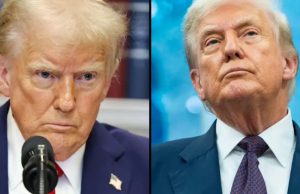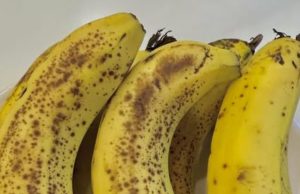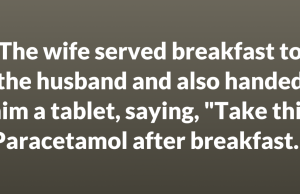
Donald Trump is pushing ahead with a bold new proposal to send $2,000 dividend checks to Americans, funded by revenue from tariffs. The announcement, made via social media over the weekend, came with a pointed message: “People that are against Tariffs are FOOLS!” the president declared.
In spite of skepticism from his own treasury secretary, the White House is standing firm. Press secretary Karoline Leavitt said Wednesday the president remains “committed” to making the plan happen, even though she did not offer details on how it would work or who would qualify.
“The president made it clear he wants to make it happen,” Leavitt said to reporters, per ABC News. “So his team of economic advisers are looking into it.”
Questions grow around how the payments would work
The confident tone from the White House follows a less certain statement by Treasury Secretary Scott Bessent, who revealed the payments might not take the form of direct checks.
A tariff dividend may come “in lots of forms,” Bessent said on ABC News’ “This Week.” He added, “It could be just the tax decreases that we are seeing on the president’s agenda. No tax on tips, no tax on overtime, no tax on Social Security, deductibility on auto loans. Those are substantial deductions that are being financed in the tax bill.”

Additionally, Bessent admitted he hadn’t spoken with Trump directly about the payout proposal.
Trump’s social media post did not clarify eligibility or the timeline. Previously, Trump-backed stimulus checks were made available to individuals earning up to $75,000 and couples earning up to $150,000. If this new initiative used a $100,000 income threshold, roughly 150 million Americans could be eligible, as per Erica York at the Tax Foundation. That would put the total cost at around $300 billion.
Funding shortfall could drive up national debt
As of September 30, tariff revenue totaled $195 billion, far short of what would be needed to pay out $2,000 to every eligible American. To bridge the gap, the administration may choose to use projected revenue instead.
The Treasury Department has forecast $3 trillion in tariff income over the next decade. Yet tapping into future earnings would mean adding to the national debt, which already exceeds $38 trillion.
Scheduled to kick in next week, the new tariffs include a 50% tax on cabinets and potentially a 100% tax on branded or patented pharmaceuticals. Trump has called these measures essential, arguing that tariffs are helping make the U.S. the “Richest, Most Respected Country In the World.”
However, some economists are skeptical that tariff income alone could support the scale of the promised dividend payments.


















